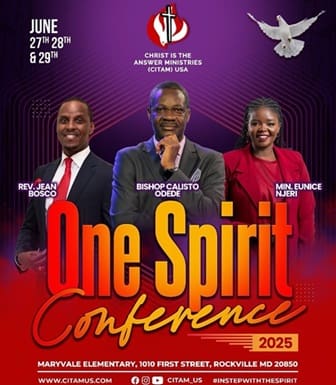
From a little-known daughter of Kisumu Senator Anyang’ Nyong’o to a renowned international celebrity, Lupita Amondi Nyong’o continues to amaze the world by her elegance and sophistication that is hidden in simplicity. Her magnificent accomplishments are inspiring notwithstanding time and space.
Lupita’s story exemplifies an expeditious journey of faith. Not too long ago, she was living in obscurity. But today, she is a sensational phenomenon hypnotizing the public with unrivalled grace and majesty that best defines beauty. She continues to capture media attention and captivate our imagination- all for good reasons.
The accolades for this Oscar winning actress for her riveting role in “The 12 Years A slave” has superseded her wildest imagination and turned her dreams into reality. Recently, The People Magazine named her the most beautiful person of 2014 year of our Lord. She is swimming in a sea of honors and flying in the space of awards.
Yet, it is not her honors and awards that have captivated me. Rather, I have been captivated by her appearance on the coveted cover of The People Magazine as The world’s Most Beautiful person of 2014 year of our Lord. The People Magazine’s definition of “beauty” is inquisitive and humbling against the backdrop of conventional understanding of beauty.
The Webster Dictionary has two fundamental definitions of the word Beauty. The first definition is the quality of being physically attractive. This definition rules the world. Even the beauty industry has objectified the outward appearance as real beauty.
Physical attractiveness which rests in white or light skin complexion, skinny body, blonde hair, manicured finger and toenails, jewelry assemblage, lipstick extravaganza and fashionable statements in attires are conventionally upheld characteristics that defines model beauty.
Men with big biceps who are tall, dark, white and handsome looking are considered beautiful. In general, beauty according to conventional definition lies on the outside appearance, not in the unseen beauty of the inside.
The second definition of Beauty is the quality in a person or a thing that gives pleasure to the senses of the mind. Fundamentally, the second definition ought to take precedence. It is most likely what informed The People Magazine to name Lupita as the most beautiful person. Sadly, our mind is abscessed by the beauty that is captured by physical attractiveness.
Conventionally speaking, Lupita wouldn’t have graced the front page of The People Magazine based on the outward rather than inward beauty. She is natural. She is smart. She has fully embraced her African identity without apologies. By and large, she is an average lady with the darkest skin known to mankind. Although these are great attributes, they don’t fit in a “straight jacket” stereotypical definition of beauty.
Yet, following a highly competitive process of finding the most beautiful person, The People Magazine settled on Lupita Nyong’o. Coming at a time when men and women are incurably obsessed with beautification of their outside appearance and defining physical attractiveness as beautiful; The People magazine challenged the world to redefine beauty.
The underlying message was that beauty transcend outside appearance. Of course outside is flattering, but it is deceptive-it changes. The inner beauty, which Lupita espouse-is everlasting.
The inner beauty is shining grace that emanates from the deepest part of our souls. It doesn’t reside in sophistication. It resides in meaningfulness. It is the ability to love, work hard, inspire others and forgive.
Real beauty is found in the strength of our character. It is found in undefiled brain that is in touch with surroundings-brains that think hard to find solutions to problems. That is the true definition of beauty. That is Lupita Nyong’o. That is beautiful, isn’t it?
By Jacktone Ambuka, a Kenyan residing And Working In Philadelphia, USA. Email: [email protected].
Source-diasporamessenger.com








